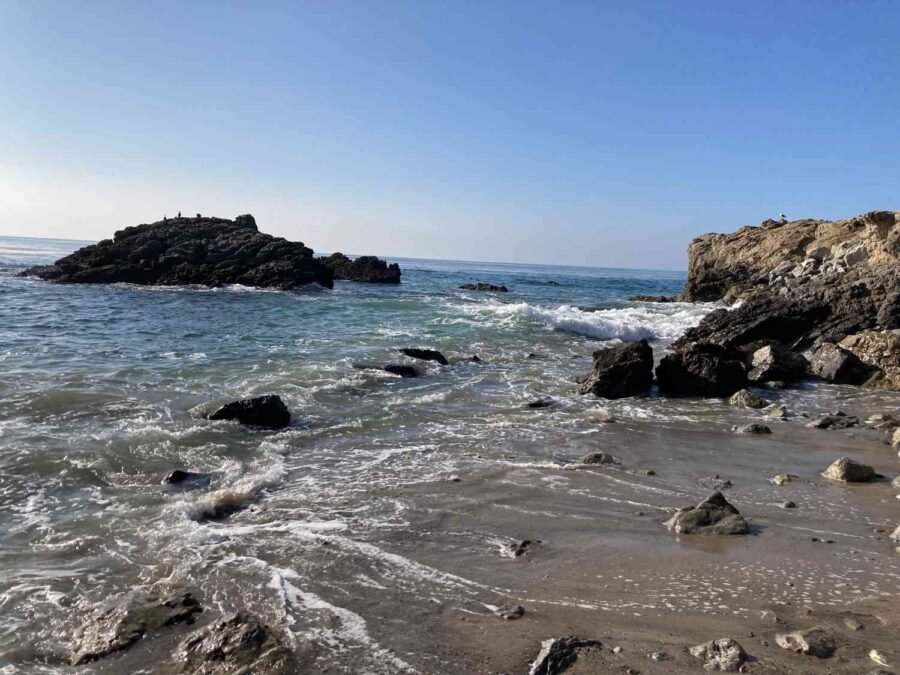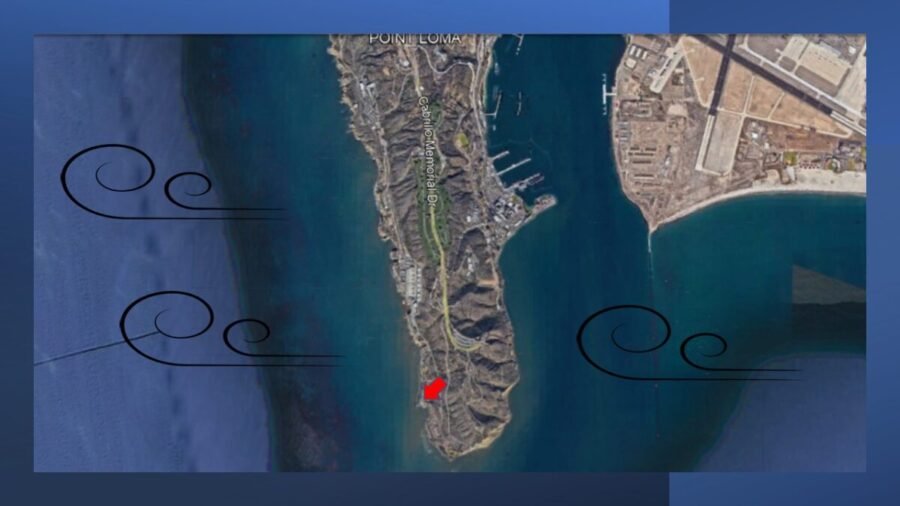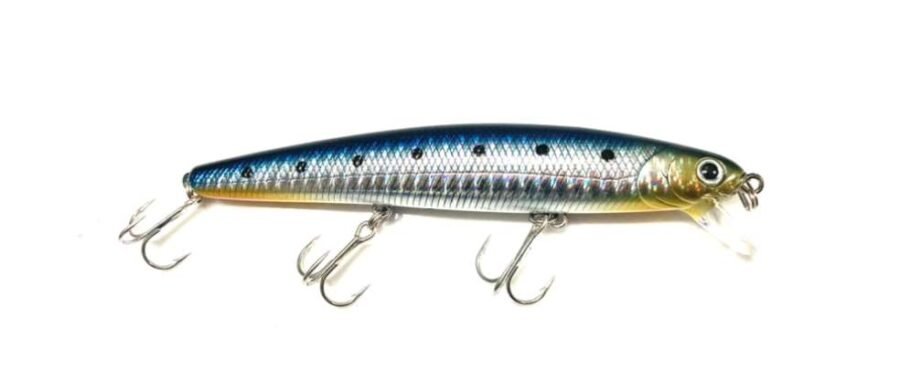Surf Fishing in the Wind: Tips, Tricks and Video

So you’re heading out for a day of surf fishing and all the conditions look great! The surf is low, tides are right, air temp and water temp are lining up to your likings and then you show up to your fishing spot. It’s windy as heck! Is surf fishing in the wind bad?
In this article, I’m going to offer a few pointers on how to fish through windy conditions and in some cases, how to use the wind to your advantage. Wind is one of those conditions that can throw off your whole day, but can you fish in the wind? Absolutely!
Here’s the breakdown:
- Line Management
- Keep it Low
- Beach Location
- Casting Direction
- Time of Day
Line Management: Fishing Windy Conditions
Line management is extremely important when you’re fishing in windy conditions. This goes back to the 5 Mistakes the Average Surf Fisherman Makes. Line management is always important, but when you’re surf fishing in windy conditions, it’s exponetially important.
When casting, try to cast fast and low and make sure to flip your bail as soon as your bait hits the water. If you leave your bail open for longer than you need to, line will continue to come off you spool, creating even more slack in your line. This results in a lack of sensitivity and awareness of where your lure/bait is.
Line management will come with practice and time on the sand, but having a quality surf fishing rod and reel and the best surf fishing gear and tackle helps a lot.
Keep it Low: Surf Fishing in the Wind
You’ll notice when your surf fishing on a windy day, keeping tension can be tough. You’ll see a bow in your line and often, there will be a lot of slack in your line because of this. How do you keep tension on your line in the wind? By keeping your rod tip and your line low and close to the water’s surface.
When you cast, flip that bail as soon as your bait/lure hits the water. Then, move your rod tip down and in the direction that the wind is coming from. Keep your rod tip low until your line is now sitting on the water’s surface.
By doing this, you’ll achieve much better tension whether you’re fishing with bait and reeling until taught or fishing with a lure and constanty retrieving.
This method is very effective when the current is moving minimally or in the opposite direction of the wind. When the current is strong or moving in the same direction that the wind is, it will be less effective but still worth while.
Location and Position

The location and position of your fishing spot (with respect to the wind direction) ties in very closely to the direction of your cast with respect to the wind. Points and “peninsulas” are super versatile here.
In the image above, the wind is bowing from right to left. So, by selecting the spot marked by the arrow, you’re not only shielded from the wind for the most part by the bluffs, but whatever residual wind that remains, will help you cast further. That’s a perfect example of using the wind to your advantage when surf fishing.
Coves work in a similar manner. They can act as a shield from all directions except one. So if you find a cove that shields you from the typical wind flow, take note of that and utilize it when the wind acts up.
Importance of Casting Direction with Strong Winds
When you don’t have access to coves or points, you can still do a few things that will help you fish through the wind. In the video above, the wind is coming out of the north and I’m facing west.
Perpendicular winds are the worst becasue it creastes a bow and therefore slack in your line. That’s where keeping your line on the water’s surface helps.
But, you can actually cast southwest in this situation rather than casting west. It isn’t perfect, but you’ll get a little more distance and the bow in your line will be much less dramatic resulting in better tension and more control over your bait/lure.
What Time of Day is it Most and Least Windy?
One more thing to note is time of day. Wind is typically stronger in the afternoon at the beach. Why?
Have you ever heard of a “sea breeze”? When the air temperature on land is much warmer than the water temperature (and the air above the water), this difference in temperatures draws wind from the ocean toward land. At night, when the land temperature becomes cooler than the ocean, the wind flips and goes from land out over the sea.
Since the difference in temperatures is less dramatic at night, dawn, and dusk, these times typically result in less windy conditions. So, the best times to fish when trying to avoid the wind is during dawn and dusk.



Please keep it coming, Nick… this is great information. Thanks you! I switched to a sidearm cast in the crosswind out of the north this morning and it definitely helped. Another point… a line in the shape of a half circle in the wind when it’s twisted can spell disaster. Great idea to keep it low and tight!
Thanks, Kurt. Keep crushing it out there!
It was windy yesterday before the storm, but the bite was on for walleyes! Biggest ones I’ve ever caught. Low casts was helpful but the fish were only 5 yards away. Reason why a log book is helpful, wrote down last year around this time had an outstanding day in Ventura. Hope to return next Sunday. Now I’m also a member of west cost surf fishing (Facebook) and saw your post (lol) Thanks for sharing your knowledge!
Awesome! Waita get after it out there and thanks for the report!